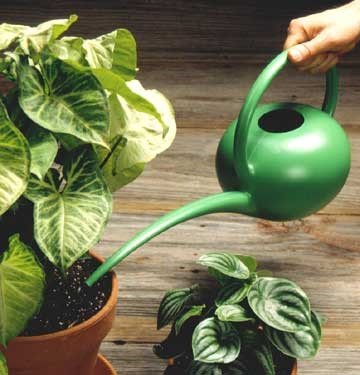
Almost all of us have tried to beautify our homes with indoor plants and most of the time they don’t last long. Plant care can be surprisingly trickier than we think it will be. These five tips will help you to revive your current house plants or ensure a long, healthy life for your future greenery.
Picking The Perfect Plant
Sometimes you can give a plant all the water, sunlight and soil it needs to survive and it still won’t be able to. Certain plants simply can’t survive indoors in the Bahamas. This is why it’s important to ensure that the indoor plants you’re about to buy are actually indoor plants. Speak to local florists or nursery workers to make sure that you’re buying the best plant to live in your home. With the right amount of care, you can even raise Hibiscus or small pines indoors.
Positioning Your Plants
Humans and animals struggle to adjust to being constantly moved around and being living things just like us, plants can’t help but react poorly to environmental instability. You need to give a lot of thought to where you’re going to place and keep your plants. Make sure that they’re somewhere that can beautify the room but also somewhere that will give them space to grow, receive sufficient sunlight and stay awhile. In this permanent home, you should avoid exposing your plants to temperature and light changes as this can hinder their growth.
Let There Be Light
As mentioned, all plants need sunlight to survive and being indoors already limits the sunlight these plants can receive. Some indoor plants can adapt to low lighting but it’s still crucial for them to receive a certain amount of light as much as possible. Don’t hesitate to do some research and find out how much light your plants will need.
Trim and Pamper Your Plants
It may seem a little ridiculous, but this tip is often overlooked. To ensure optimal growth and health for your plants, you should often prune them. Their branches or buds may need to be removed along with deadwood which can improve their appearance while keeping them healthy. Each week, plant owners should check their plants to see if it’s prune-time. The best time to prune plants is at the beginning of their growing season or shortly after they have flowered.
Don’t Forget To Water!
While most people remember this important plant care step, it’s actually one of the trickiest ones. It’s common knowledge that under-watering can be detrimental, but over-watering can cause just as much damage. If your plants are showing brown or crispy leaves, producing fungus in the roots or living in noticeably dry soil then your plants are trying to tell you to either boost or reduce your water levels. These tips are sure to improve the lives of your indoor plants and subsequently improve the overall appearance of the room they’re in. Which plants will you try these tips out on?
Posted by Rachel Pinder on
Leave A Comment